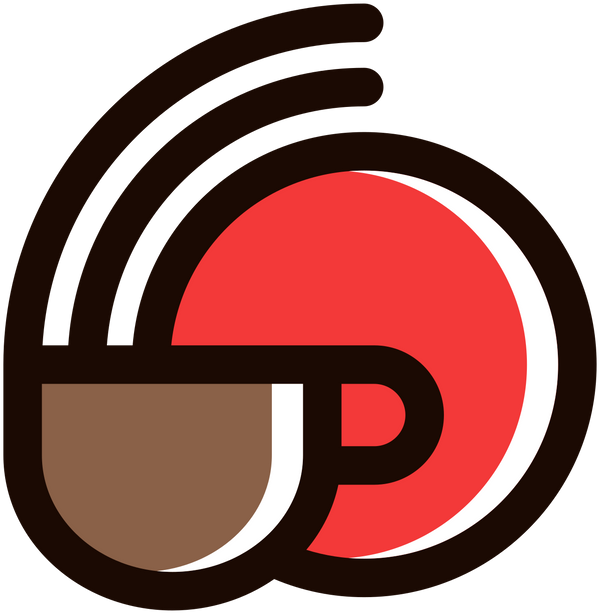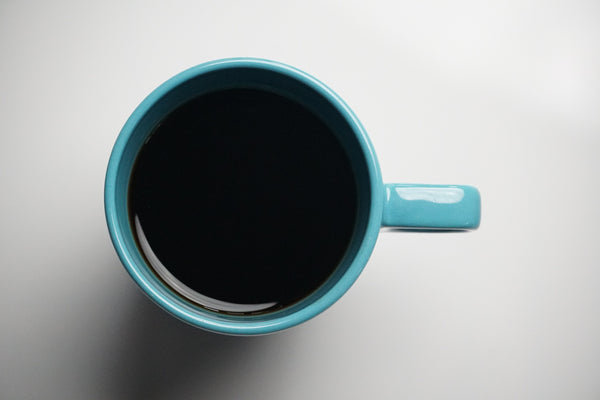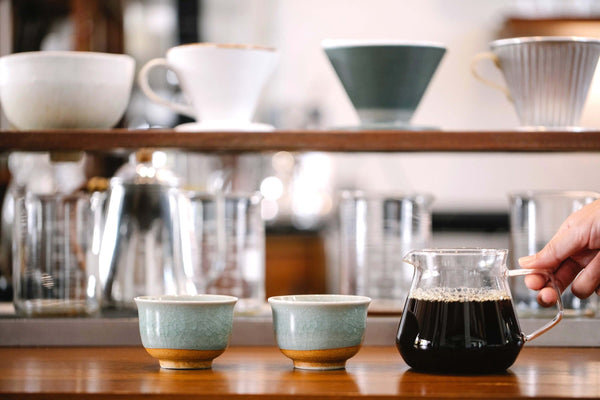
Cupping Protocol
tai attitude5 min read
Coffee cupping is the practise of observing the aromas and tastes of brewed coffee. It can be a practise done by licenced professionals known as Q-graders, or it can as well be a practise done informally by anyone.

What is cupping
In the late 19th century, cupping was first used, though the exact history of its inception remains unknown. Today, cupping is already a standard in the coffee industry and is commonly practised by coffee professionals from all over the world.
Cupping is a protocol for ensuring the quality of coffee. The way cupping works is by emphasising sensory evaluation, where one smells and tastes coffee to understand its quality traits from its prior stages, such as cultivation, processing, storage conditions, and roasting. Hence, cupping's main objective is quality control.
All the same, cupping is also an excellent way to gain information about the coffee bean prior to brewing it. One's sensory skills may improve by practising cupping over time as well.
Why cupping as the main preparation method for quality control? Because it is simply consistent and easy to do. As long as the cupping protocol is standardised and maintained throughout, anyone can prepare and enjoy cupping. So, let us understand the cupping requirement and be able to do it with ease.
Cupping requirement
Sample roast (for roastery use only)
• Sample roast time is between 8 and 12 minutes, and scorching or tipping of the coffee bean should not be apparent
• Agtron colorimeter benchmark number between 62 and 64. This shall be measured between 30 minutes and 4 hours after roasting by using ground coffee
• The sample is to be completely cooled down by air till it reaches 20º C (68º F), then stored properly to prevent oxygen, sunlight, or contamination
• The sample should be allowed to rest for at least 8 hours and be cupped within 24 hours
Necessary equipment
• A sample roaster (for roastery use only)
• Agtron colorimeter (for roastery use only)
• Coffee grinder
• A weighting scale capable of measuring 0.01 grams
• A timer
• Cupping glasses or ceramic cups, ideally between 207 and 266 ml, with a top diameter of 76 to 89 mm, with lids
• Cupping spoons
• Hot water equipment
• A scoresheet, form, or related paperwork
Environment and participant
• An environment that is well-lit, quiet, has a comfortable temperature, and has no interfering odours
• A cupping table
• Maintaining the hygiene of coffee equipment and tools
• Participants should avoid heavy food before cupping
• Participants should not wear perfume
• Participants should avoid spoon sharing
Cupping preparation
• The brew ratio is 11 g of coffee per 200 ml of water, which is approximately 1:18
• The grind size is recommended at 840 micrometres (micron), which translates to slightly coarser than the grind size used for paper filter drip brewing
• Water should be tasteless and odourless with a TDS of 125–175 ppm at 93 °C when poured onto the ground coffee
Cupping procedure
A scoresheet may be used during cupping for more objective quality control. If a scoresheet is not preferred, it is recommended to use a form to write down the information for more subjective quality control. Either way, it achieves quality control. Here's how to do cupping in steps:
Download the SCA cupping scoresheet
Step 1: Measure the required bean with a weighting scale.
Step 2: Grind the bean and purge the grinder clean of residue before grinding the next bean.
Step 3: Evaluate the fragrance (dry aroma) within 15 minutes after grinding and use the ground coffee before 30 minutes. Cover with lids if not used immediately.
Step 4: Add water. Use a timer. Both pouring speed and positioning must be consistent for all cups.
Step 5: At the 4-minute point, break the top layer of coffee crust with cupping spoons; this step must be consistent for all cups. Evaluate aroma.
Step 6: Use cupping spoons to scoop away the top layer of oil; this step must be consistent for all cups.
Step 7: At the 8–10 minute point, when coffee reaches 71º C (160º F), begin liquid evaluation in a sequence by focusing on flavour and aftertaste, followed by acidity, body, and balance. Participants may use a flavour wheel.
Step 8: As the coffee cools down to room temperature <37º C (< 100º F), sweetness, uniformity, clean cup, and defects are now evaluated in order.
Step 9: Evaluation ends when the coffee reaches 21º C (70º F) or when all participants have finished evaluating all coffees on the cupping table. Participants may now have a discussion.

Extra information
Cupping can be prepared informally, which means anyone can create their own protocol as long as the execution of the cupping remains consistent throughout. A café, a roastery, or a home may standardise their own cupping protocol to better suit their quality control.
The cupping protocol in this article is based on the recommendation of the specialty coffee association (SCA). Consequently, do expect different variations of the cupping protocol from place to place.
A popular alternative is called blind cupping, where it is done by the participants without the coffee information being supplied to them in advance. In a blind cupping session, only the organiser has the coffee information, while the participants do not and will only be supplied with such information after the cupping evaluation. Blind cupping is a fun way to learn, hone sensory skills, and quality control coffee.
On a side note, since cupping protocol does not involve much of a barista's input, it can be a great way to gauge how much potential a coffee bean has before the barista makes the brew. Cupping remains the most straightforward way to understand the cultivation, processing, storage conditions, and roasting of coffee. In turn, the information gained can make the barista more deliberate in brewing, which is good.
The essence of cupping lies in its execution with consistency and ease. Whether you are a coffee professional or a home brewer, having a cupping protocol is essential, as it is a powerful tool for your coffee journey.



